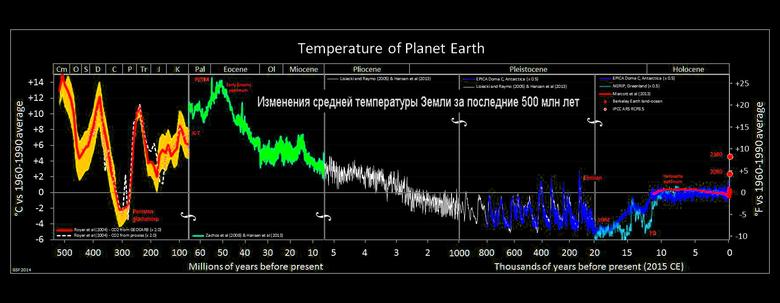
CLIMATE TARGET: 1.5 DEGREES STABILISATION

PLATTS - Meeting global temperature targets is achievable but will require action in every sector of the economy, the International Energy Agency's chief said.
Sustained effort will be required, including multiple strategies, because emissions-intensive coal is still a dominant source of power in Asia, IEA executive director Fatih Birol said in a presentation Saturday.
"A host of policies and technologies will be needed across every sector to keep climate targets within reach, and further technology innovation will be essential to aid the pursuit of a 1.5 degrees [Celsius global temperature] stabilization," Birol said in Abu Dhabi.
Even as industrialized countries continue to shift away from coal in favor of natural gas and renewable energy, coal still reigns in Asia, making global emissions reductions extremely challenging, he said.
"Coal technologies remain a cost-effective technology to fuel economic growth and increase access to electricity in many of Asia's key economies," he said.
Serving to highlight this trend, Asia's share of global coal power generation has increased from just over 20% in 1991 to about 75% in 2019, Birol said.
Total global energy-related CO2 emissions stood at around 34 billion mt/year in 2019 and are on track to rise to about 45 billion mt/year by 2050 under current trends, according to IEA data.
However, under the IEA's Sustainable Development Scenario, three broad areas of policy and technology can help slash energy-related CO2 emissions to just 10 billion mt/year by 2050.
In the efficiency category, measures that could cut emissions include industrial electric motors, buildings, power, light, cars and trucks, heavy industry, air conditioning, aviation and shipping.
In the renewables category, emissions reductions can be achieved through increased use of wind, solar PV, biofuels in transport, hydro-electric power and other renewable technologies, the IEA said.
In the fuel switch, CCUS and other category, further reductions can be achieved through nuclear power, fuel switching including hydrogen, electric vehicles, carbon capture, utilization and storage in power and industry, behavioral change and resource efficiency, it said.
Speaking at the International Renewable Energy Agency assembly in the UAE, Birol said the world's energy market was "marked by a series of deep disparities between the calm in well-supplied oil markets versus deep geopolitical tensions and uncertainties".
Birol outlined the contrast between the need for rapid cuts in emissions, which continue to hit historic highs; and the promise of energy for all, while 850 million people remain without access to electricity.
"More than ever, energy decision makers need to take a hard, evidence-based look at the choices ahead," Birol said.
-----











